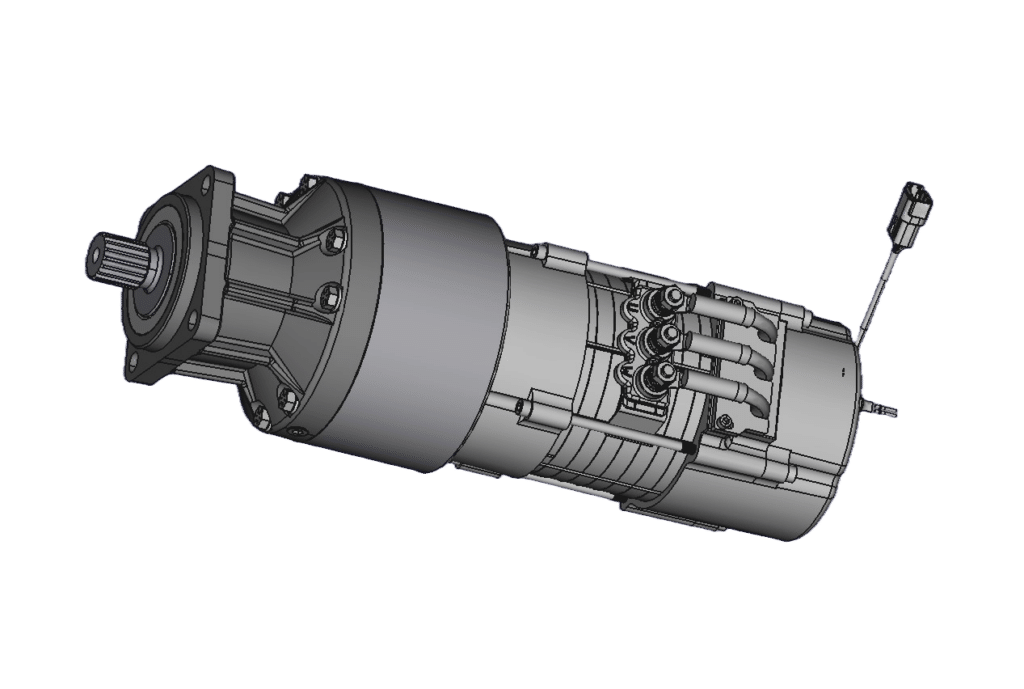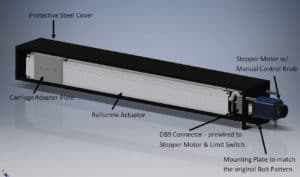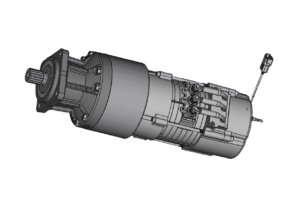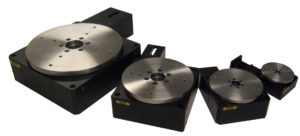Automation Glossary: Gearbox
What Is A Gearbox?
A gearbox is a mechanical device designed to transfer rotational motion between two shafts, typically adjusting the speed or torque in the process. Gearboxes are used in industrial machinery to enable effective power transmission, decreasing inertia ratio, and amplifying torque. They are widely used in various applications, including manufacturing machinery, power generation systems, and transportation vehicles.
What Are Gearboxes Used For?
- Machine Tools: Gearboxes regulate speed and torque in equipment such as lathes, milling machines, and drills.
- Conveyor Systems: Gearboxes operate conveyor belts at precise speeds for smooth material handling and processing.
- Assembly Lines: Gearboxes supply power to robotic arms and automated systems, enabling accurate and efficient assembly operations.
- Paper Mills: Gearboxes are used in the machinery involved in the production of paper, maintaining seamless operation of equipment.
- Steel Mills: Gearboxes deliver power to rolling mills and other machinery used in steel production and processing.
- Chemical Plants: Gearboxes provide the necessary power for pumps, mixers, and various chemical processing equipment.

Related Terms
Occupancy detection within vehicles is a technological system engineered to determine the presence and number of individuals inside a vehicle....
A tensile tester is a device designed to quantify the tensile strength of substances, representing the maximum force a material can endure before fracturing under tension....
Further Reading

Why use a linear shaft motor instead of a U-shaped linear servo motor? With an independent review of energy efficiency, this article discusses the benefits of using linear shaft motors in place of linear servo motors.
February 24, 2021





